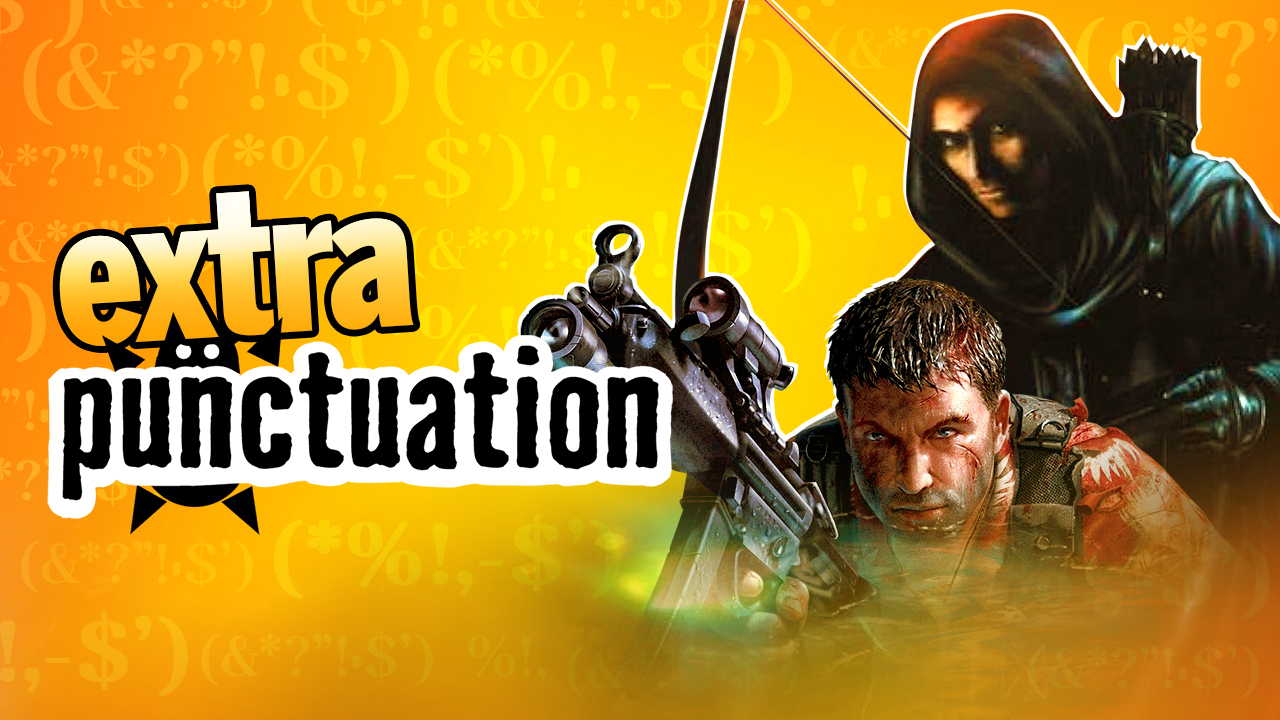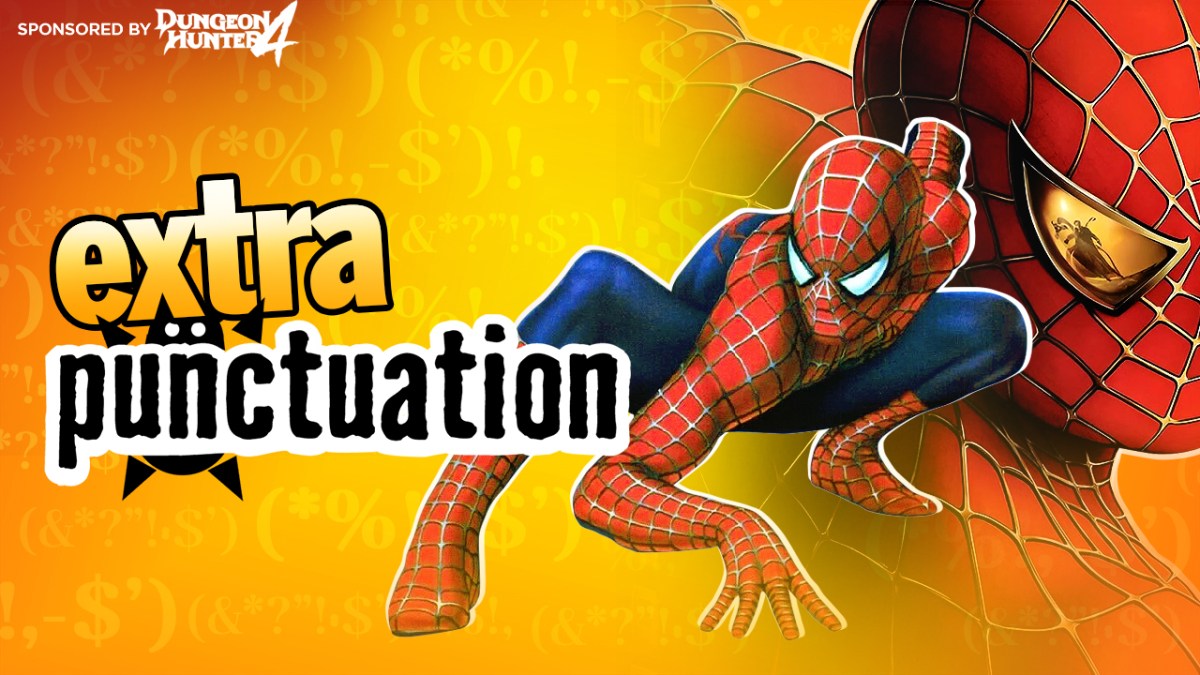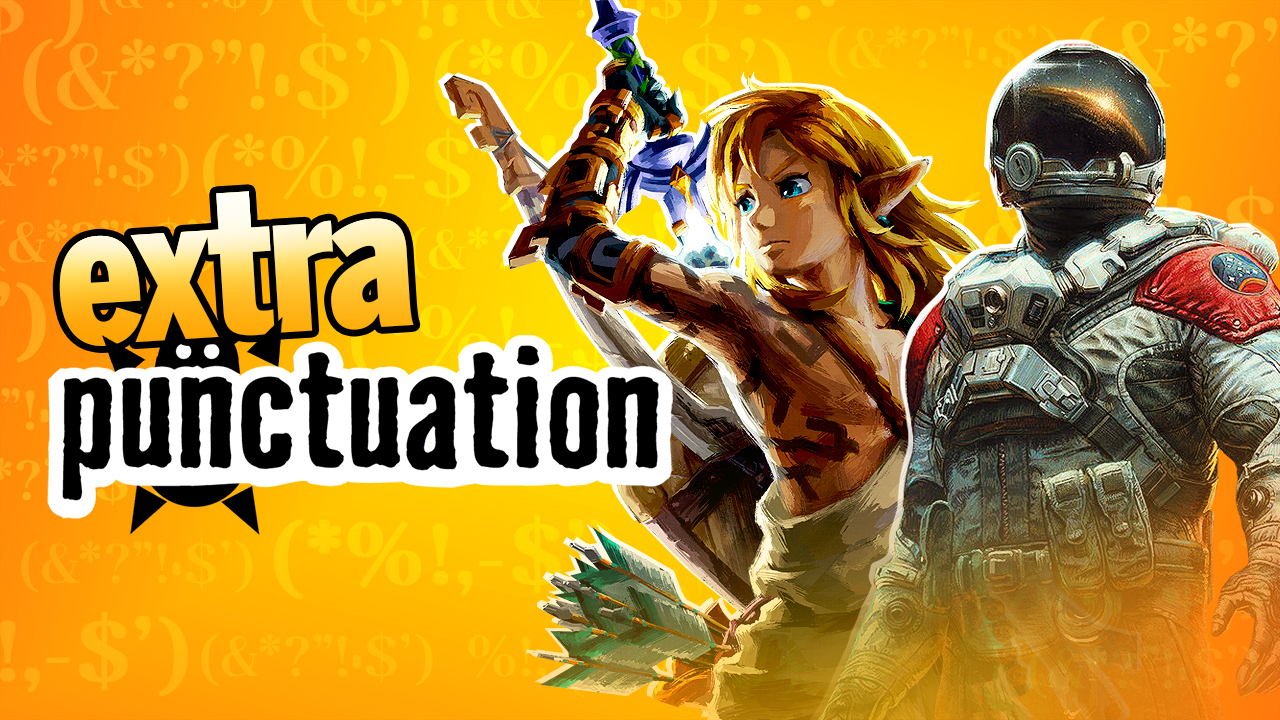
Happily, Quantum Conundrum brings up another topic I’ve been holding in reserve for a while, and that’s jumping puzzles in first person games. I’m fairly sure we were all clear on this matter circa 2000 but apparently Quantum Conundrum was out back smoking at the time. Precision platforming in first person games just doesn’t bloody work. It especially doesn’t work when the platforms are small and, at the same time, being manipulated by a slightly unreliable physics engine.
First person can effectively give a game a certain atmosphere, from a story perspective. It can make a game more immersive or emphasize the everyman nature of a silent protagonist. But whatever game you’re making, a first person perspective has to be compatible with what the gameplay is focused on.
There’s a reason why your brain will unconsciously attach the word “shooter” after the words “first person”, because that’s where it works best. When gameplay is based around acquiring an accurate line of sight, as it is in shooters, first person is ideal. In a game like Half-Life 2, even the crowbar functions essentially like a gun, albeit an incredibly short-range one; you point and you click. The important aspect of a shooter, the thing which the camera is focused on 100% of the time, is the thing that the player is targeting.
Precision platforming, contrarily, is gameplay based entirely around knowing where the player is, spatially. Mario’s always got his eyes on the flagpole at the end of the level but you won’t actually see it ’til you get there, because what matters is that his big Italian winklepickers land on the platforms and not the spiky beetle things. In a first person game, the exact spatial positioning of your body is something you can never be sure of, besides the positioning of your eyes. Your feet could be literally anywhere within a rectangular area of floor that begins where your field of vision ends. My housemate was playing Deus Ex: Human Revolution a while back and he got stuck early on at that one point in the first hub city where you have to jump from one fire escape to another to infiltrate an apartment building. I had to point out to him that the secret was to jump a moment after you think you need to jump, ‘cos the ledge you’re jumping off disappears from sight about half a second before your feet actually leave it.
You will never see a bullet hell shooter with a first person perspective, because the one piece of advice that works for all bullet hell shooters is to focus on yourself, not your target. You’re going to be spraying fire everywhere anyway and accuracy doesn’t matter so much as navigating a maze of projectiles. Melee-focused games tend to be third-person, too, because again, the most important thing is where the player is. Hopefully, the player is not surrounded by angry bastards, about to get their bum bitten off by a canny sod behind and to the left of them. This is what I didn’t like about Dead Island having a first person perspective.

But don’t think any of this means that gun fighting is the only thing we can possibly do in first person. Jumping itself isn’t the problem. Jumping is useful for things like getting around uneven terrain, and if you ever get stuck in the geometry your best bet is to hammer on the jump button until you vibrate yourself Flash-style through physical matter. Keep the jump button. It’s just precision jumping where it poos the bed.
Here we turn inevitably to Quantum Conundrum‘s disapproving no-nonsense dad, Portal. Portal is rarely about precision movement, it relies more on precision portal placement, which is another thing based around the player being able to accurately target things. You do spend a lot of time in the air, but it’s all about the launch, not the landing, and using momentum to project yourself, plotting your path by following it with your gaze. Essentially it’s like firing a gun, but with yourself as the bullet. Never in Portal will you be asked to fling yourself in such a way that you land perched on a two-foot-wide pedestal ninety thousand stories above the ground.
A colorful example is first person Parkour-’em-up Mirror’s Edge, with which I have a sort of love-hate relationship. Where Mirror’s Edge worked was when, again, it was more about precisely launching yourself at something by lining up the spot you’re heading for in the middle of your view and then going like the clappers. Where Mirror’s Edge shat itself was in the precise jumps, often like the Deus Ex example above, and having to pretty much guess the moment when your feet were right on the edge of the platform before hurling yourself to what would statistically probably be another fifty story splatter death.
What’s frustrating about being stuck in first person and trying to platform, dying again and again and again in a cycle of leaps of faith, is that in a first person game, we’re not just guiding the player character, we’re pretty much supposed to essentially be them. In the real world, jumping across a gap is the easiest thing in the world (for most, anyway) because of our in-built senses and nervous system that make us constantly aware of where our body ends and everything else begins. So when we have trouble making a jump in a game it makes the player character – and by extension the player – seem like a complete dithering moron with possible brain injuries. A game should challenge, but if you try to challenge the player by making something difficult that should by rights come completely naturally, then the response will be antipathy. Broken immersion. You wouldn’t turn the act of breathing into a quick time event.
To reiterate, there’s no problem with jumping as a concept in first person games. Indeed, a lot of first person games could probably be quite enlivened by a bit more of it. By all means let us sail over a battleground on a jet-powered pogo stick and unload all our weapons into entrenched upward-staring gobshites. By all means have us build vague staircases out of their corpses and use it to bounce off an awning. Just don’t make us have to land on a flagpole at the end of it. It has never mattered precisely which table Max Payne lands on after he hurls himself off a balcony.
Yahtzee is a British-born, currently Australian-based writer and gamer with a sweet hat and a chip on his shoulder. When he isn’t talking very fast into a headset mic he also designs freeware adventure games. His personal site is www.fullyramblomatic.com.




Published: Jul 10, 2012 04:00 pm